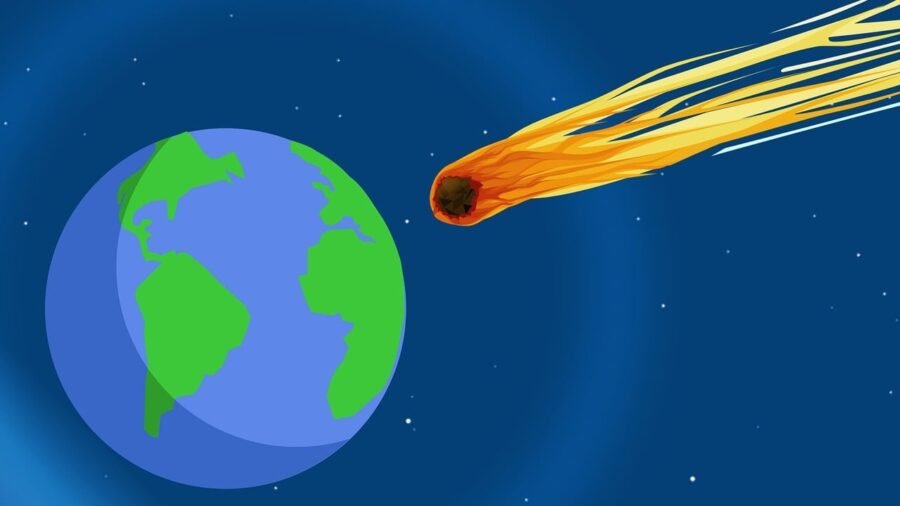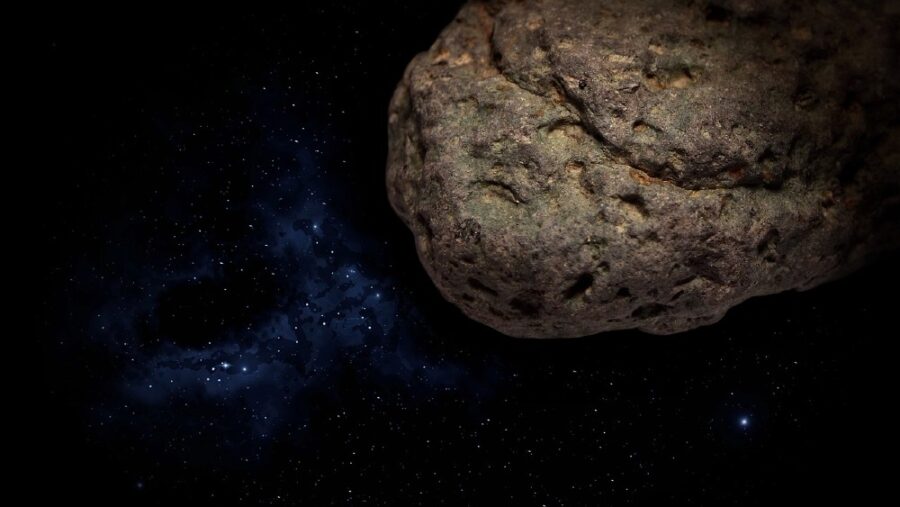The Most Expensive Material In The Galaxy Lands On Earth

It’s no secret that the Universe is a wondrous place, and NASA has confirmed, on more than one occasion, that there are asteroids floating around our cosmic neighborhood with a resource value that measures more than $20 quintillion—enough to make everyone on Earth a billionaire. In the most recent reports by ScienceAlert, the most expensive material in the galaxy just landed on Earth after being retrieved by a NASA mission.
The mission to retrieve samples from the asteroid Bennu wound up costing NASA $1.6 billion, making what it came back with the most expensive material on Earth.
Now, we’re not discussing some super-rare material that can fuel a city for a thousand years or some sort of priceless gem that formed from a dying star. No, we’re talking about space rocks. Mere space rocks.
Namely, NASA’s OSIRIS-Rex spacecraft landed back on Earth following its seven-year-long mission, carrying a rather precious payload—roughly half a pound (some 255 grams) of material it collected from the asteroid Bennu. But what makes it the priciest material in the galaxy? The cost of retrieving it.
NASA’s mission was initially budgeted at some $800 million, but it ended up costing around $1.6 billion to retrieve a 9-ounce sample of material that will help scientists learn more about the formation of our solar system, as well as whether asteroids like Bennu include the chemical ingredients for life.

Perhaps the asteroid sample contains a deadly space bacterium that reproduces at rapid rates due to microgravity, and it’s fatal to all mosquitos on Earth while being totally harmless to the rest of the ecosystem. One can only hope.
Meteorites aren’t really the best samples as they’re contaminated with Earth-native matter upon impact.
The mission to retrieve a 9-ounce asteroid sample was pricey, but it’s hardly the priciest material in the galaxy and far from NASA’s priciest mission. But before we dive into the math, we have to stress the importance of retrieving materials from space.
Around 50 tons of solid material from our solar system fall down on the Earth every day. Most of them burn up in the atmosphere, but some reach the surface—we call them meteorites.
Meteorites aren’t really the best samples as they’re contaminated with Earth-native matter upon impact. However, retrieved samples aren’t contaminated, so any microbes that could potentially be discovered on them are, by default, extraterrestrial—proving that life exists outside our planet.
Now, NASA spent around $170 million per ounce of material retrieved from the asteroid. For comparison, the total price tag for the whole Apollo program, when adjusted for inflation, was around $257 billion. The missions brought back around 842 pounds of lunar samples, which is around $19 million per ounce.
However, the Mars Sample Return mission aims to bring back only a pound of material, but the associated costs of the entire mission total around $11 billion, which equals $690 million per ounce.












